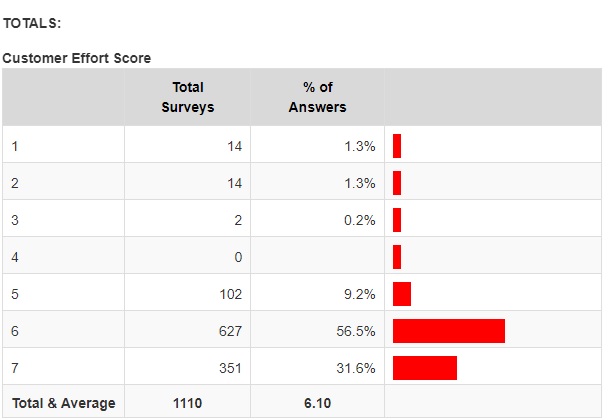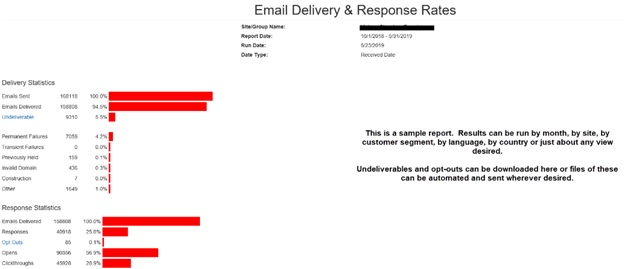The Enterprise Nature of the Call Center in Healthcare
By Robert Kobek
Given two very long and I believe distinguished careers in the contact center industry and the hospitality industry, I’m not surprised about how little patient feedback information is shared between stakeholders in a company.
Being new to the healthcare industry, I’m keenly aware of the requirement to survey for Medicare reimbursement. What about the rest of the journey?
Very few of us executives have the luxury of focus. We look at the entire landscape, ecosystem, culture, call it what you will. There are times when focus can be misunderstood. One specific example is the way an organization views its contact center.
It’s imperative to use horizontal/peripheral vision. This phenom is what will create an enterprise view of how your contact center remains a profit center. From appointment to billing, the contact center is the point of the spear in managing the relationships between you and your patients.
Later I will use three examples to show the impact of a contact center report on at least seven departments or silos in an organization.
And in the case of gathering patient experience for the contact center where there are at least two outcomes, enhancing the patient experience through process improvement.
There is also a big difference between research and online feedback management where measurement of every key performance indicator is reported to more business silos.
Invariably, there is someone in the company who will treat a contact center like they are an orphan. Here is some guidance: Do what you can to help them understand what goes on in that critical, tip-of-the-spear part of the business. Contact centers are profit centers. Treating it any differently is a mistake.
Measuring the patient experience (PX) at the point of the omnichannel contact center/phone call has significant benefits when measuring the appropriate KPIs.
Applying them to training, retention efforts, net promoter scores, customer effort scores, and a host of other important process improvement efforts, requires dedicated energy. With measurement, effort becomes a project, a project becomes executable.
The beginning of the complete process to measure to enhance the patient journey has begun. The complete journey with qualitative and quantitative data, both structured and unstructured data (reporting).
What is particularly interesting (if you are anywhere near the data geek I am) about measuring the voice of the patient is how it compares with the way your dialing machine tracks a distinct set of KPIs.
And, depending on your contact center stretch goals, there are comparisons between average speed to answer and a customer effort score (CES) question to the patient. Comparing those measurements with the disposition given by the agent and you have quantifiable evidence of a disconnect.
A positive experience on the initial patient call sets the tone for the rest of the journey. Like the golf tournament precedes a trade show. With the enhancement of the patient journey at the contact center, the enterprise journey walks in step with the patient.
An example will help. The following comes directly from an NPS report.

In this case, there are several stakeholders inside your organization that can benefit from a customer comment. At a minimum:
- center management
- training
- scheduling
- patient experience professionals
This verbatim comment is the result of a patient responding negatively to one question “would you recommend us?”
Another example, and perhaps more important—the CES question. “Did xxx made it easy for me to do business?”

On a 7-point scale, one being they made it hard, seven it was easy, wouldn’t it be good to know why the scores from one to five were so low? Who should care?
- accounting
- marketing
- training
- center management
Then yet a third, the email delivery report. This one drills down on your ability to communicate effectively with the patient, at all levels. A clean list is a happy list.

Who benefits:
- the patient
- center management
- IT—data managers
- digital marketing
- patient EX management
Who owns the feedback? Every stakeholder in the enterprise owns the obligation to enhance the patient experience.
The lesson here: work with the patient throughout their journey by asking them about their experiences. Every stakeholder in your organization should play a part in deciding what the voice of the patient should be. Then use that information to enhance that experience.
There will be certain outcomes for sure. Your patient will remain loyal to you and in the event you are billing Medicare your star ratings will come in much faster and higher.
It will be an honor to work with you at your convenience.
Robert Kobek is the president of Mobius VP, LLC, and Patients-Count®.
